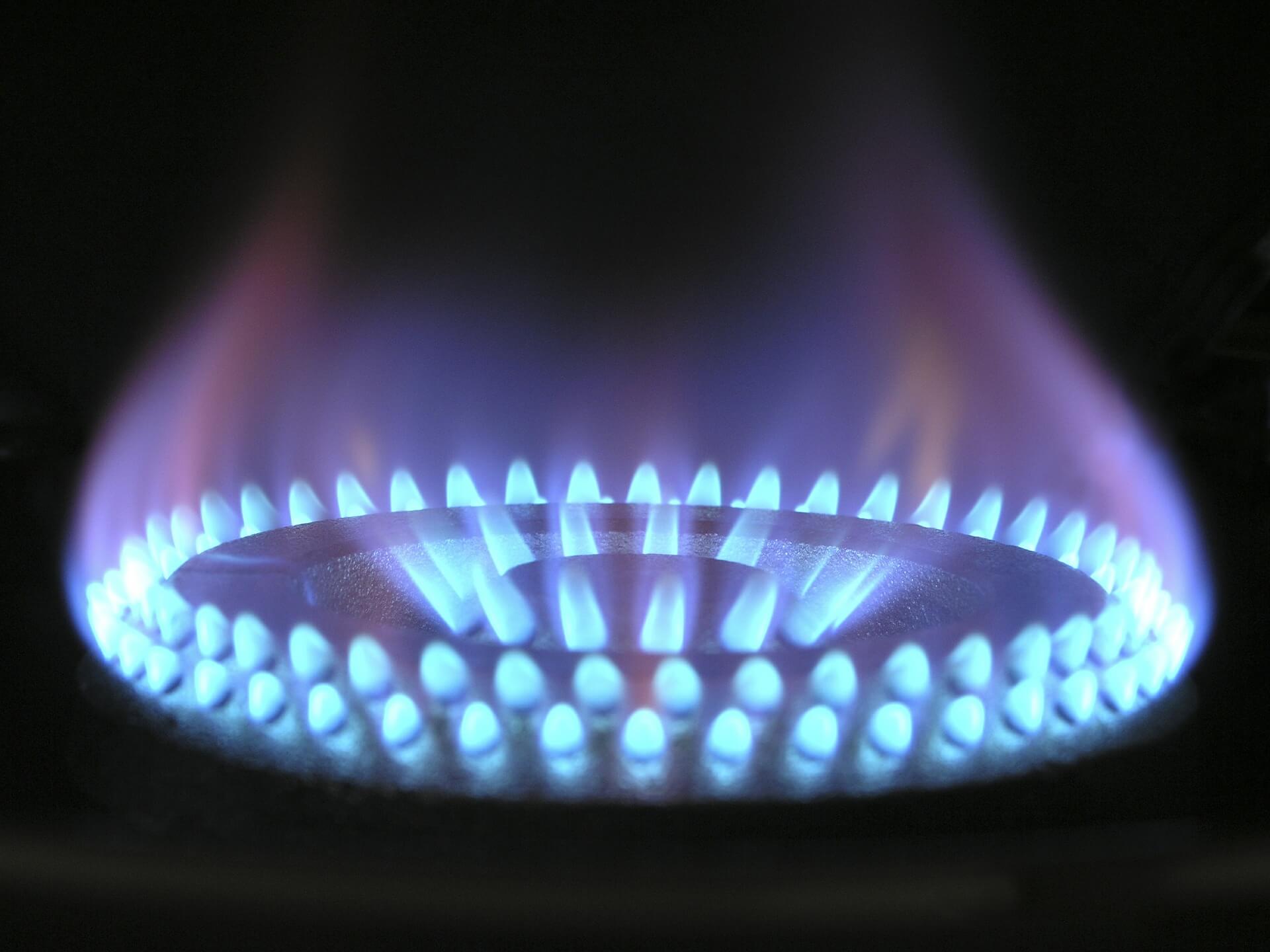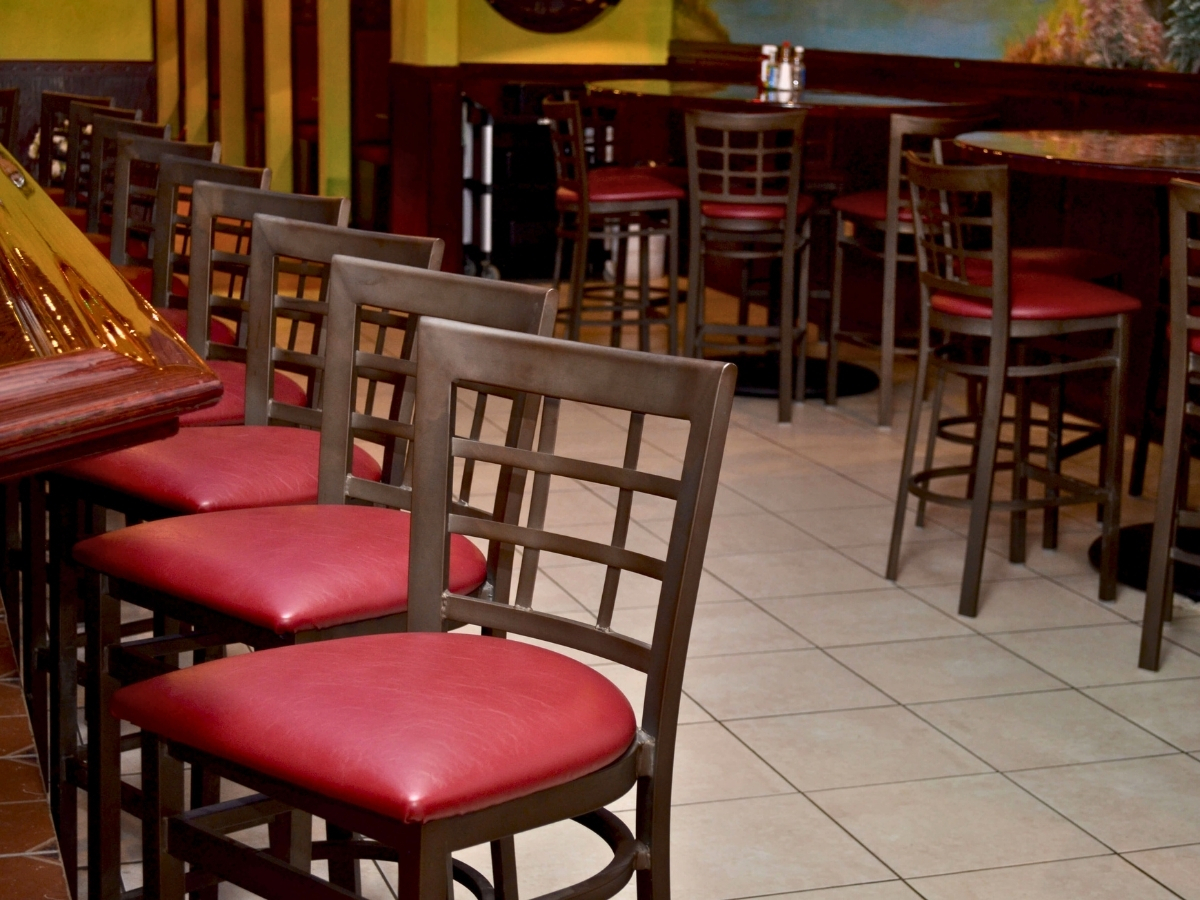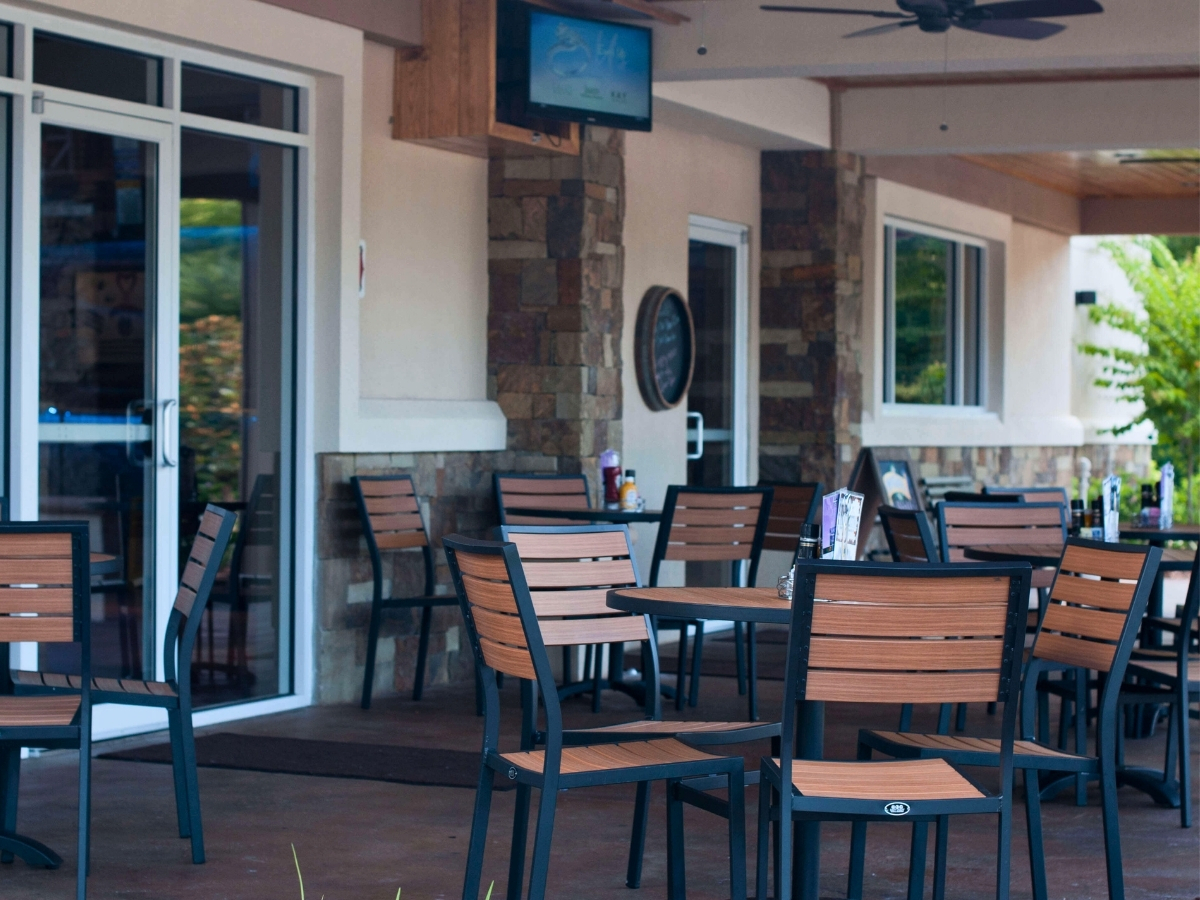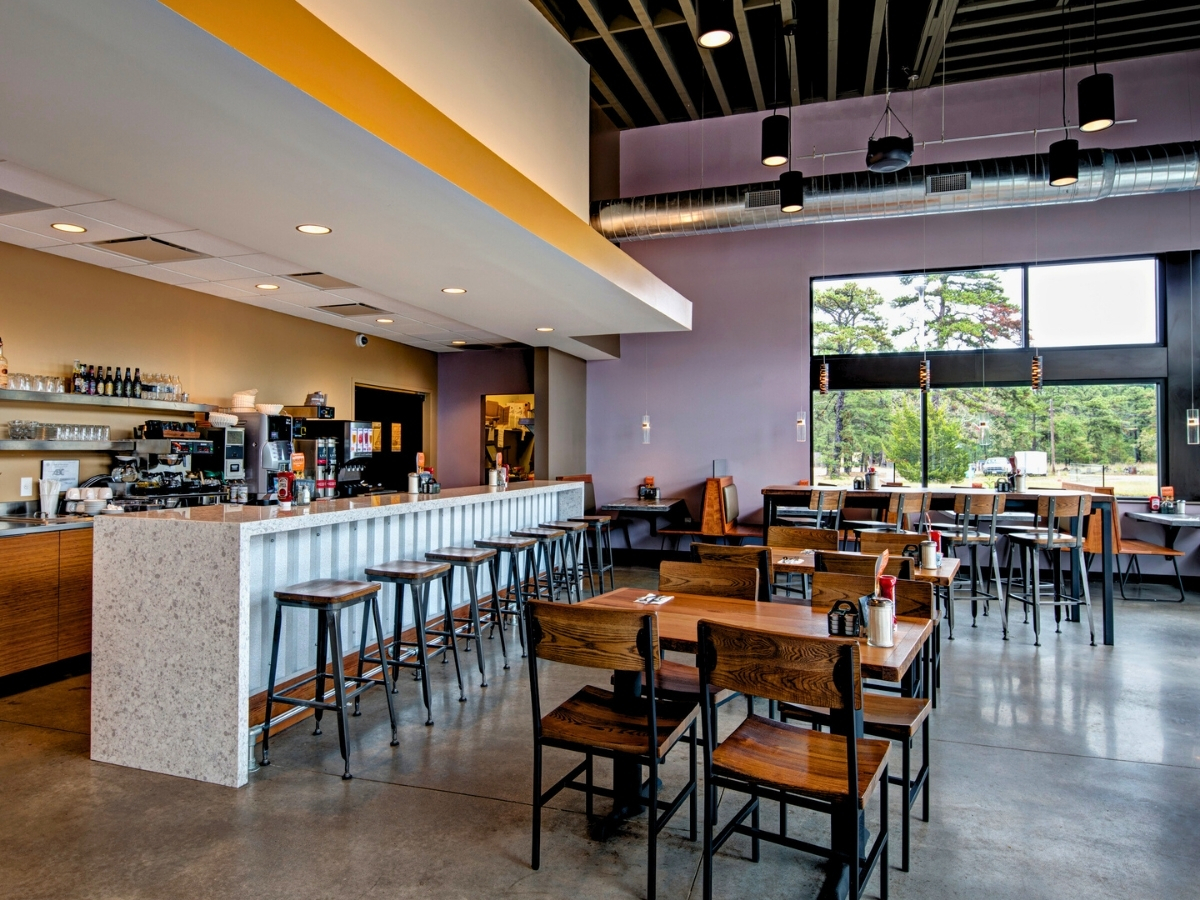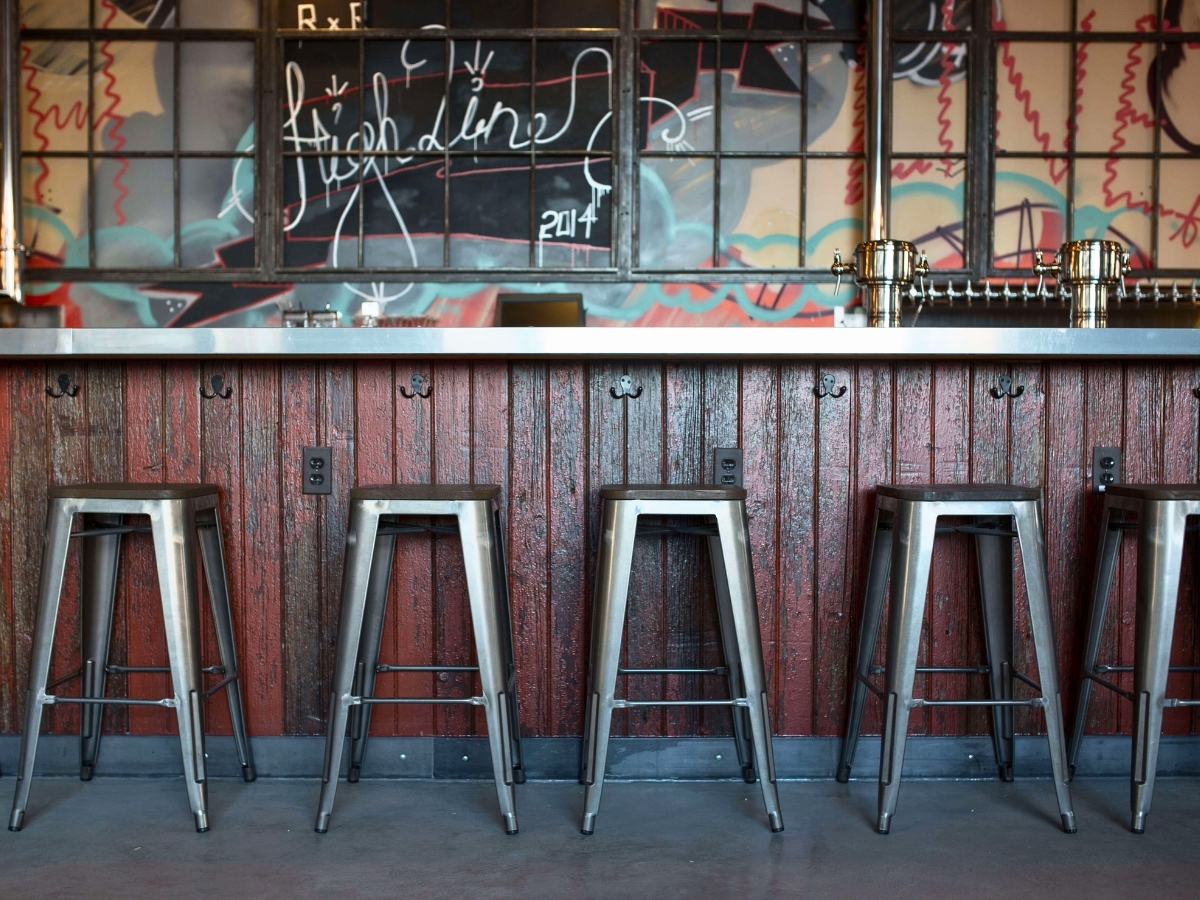Commercial kitchens are notorious for the hustle and bustle that happens behind the doors; while the customers might see the relaxed atmosphere of the dining room, the kitchen is anything but. That being said, it is also one of the most dangerous rooms in your restaurant. With a few easy steps, you can help ensure the safety of your employees and patrons, and protect against financial losses.
Fire Safety
The biggest hazard to a commercial kitchen is a fire. Nearly 8,000 eating and drinking establishments report a fire each year, according to 2006-2010 data tabulated by the National Fire Protection Association (NFPA). Fire causes over $246 million in restaurant property damage each year and can devastate a restaurant, leading to lost revenues and even permanent closure.
A great way to combat a fire is by installing an effective kitchen fire suppression system. Look for a system from a company that provides trained technicians to install the system, provide routine inspections, and service the equipment. Current U.S. codes require a UL3000 hood extinguishing system along with a k-rated fire extinguisher.
Be proactive about fire safety by maintaining and inspecting your fire alarm system. Try to create a schedule to inspect the alarms on a regular basis. Check to make sure that the batteries are still in working order. The alarm will let you know when the batteries are getting low by beeping periodically even when there is no smoke. Experts recommend checking your fire alarms every six
months. While checking don’t forget to check the batteries for corrosion, which can also cause the alarm to malfunction.
In the event of a fire, ensure that all posted signs are easy to read and visible, not only for employees but patrons as well. Make sure to keep you evacuation routes clear. This is a safety measure, but if routes are blocked it can also be a code violation.
Ensure that all posted signs are easy to read and visible, not only for employees but patrons as well. You don’t want to see anyone harmed if something should happen.
Having properly functioning fire alarms can alert not only your employees and patrons, but also the fire department of any serious situations. Regular fire drills and well-displayed evacuation routes also help to ensure the safety of everyone. Practice the drills to help identify any area of confusion that should be remedied before an actual fire breaks out.
Equipment Safety

In addition to fire, improper equipment is a huge concern in a commercial kitchen. Deep fryers are not only a concern for fire safety but also for burns. Hot oil is very dangerous and requires a 16-inch clearance to ensure that all staff members are safe. Keep in mind that child labor laws do not permit workers younger than 16 to cook or use a deep fryer. Always have team members wear steam gloves when changing or filtering the oil to protect against burns. Another aspect of fryer safety is keeping the floor near the fryer very clean; oil from the fryer can easily make its way to the floor and cause a fall leading to injury.
Keeping your kitchen as grease free as possible increases not only safety but productivity. Commercial kitchens are full of grease. Cleaning grease traps on a 6-month interval may be an industry standard, increasing the cleaning frequency based upon how quickly the grease accumulates helps cut back on the likelihood of blockages. According to the EPA, grease is the primary cause of sewer blockages that lead to overflows in the kitchen.
Knives are one of the most commonly used tools in a chef’s arsenal and present a constant danger in a commercial kitchen. Believe it or not, dull blades are more likely to slip and cause injuries, so keep you knives sharp. Utensils made of high carbon stainless steel hold their sharpness longer and might be a good investment so you aren’t spending lots of time sharpening blades. It is also important to avoid knives with wood handles as they are more likely to become oily and slip from the users grasp.
Training
One of the most helpful ways to improve your kitchen safety is to provide your staff with the appropriate training. Staff should always be trained on the proper way to use new equipment and the dangers that are associated with improper use.
In addition to new equipment training, consider sharing with your team a few other pieces of information to help keep your kitchen safe.
Train your staff to:
- Properly use a fire extinguisher
- Clean up grease
- Never throw water on a grease fire
- Store flammable liquids properly
- Use chemical solutions correctly
- Be able to power down equipment – Train at least one worker per shift on how to correctly shut off the gas and electrical power in case of an emergency.
Sometimes it is difficult to make your safety training engaging, yet quick, and easy to grasp. Colorful visuals, customized posters, and videos are all good tools to help teach your employees without causing them to zone out from boredom.

Nobody likes to micromanage employees and make them feel incompetent, but it is a good idea to supervise the handling of the equipment occasionally to make sure that it is being used safely. You can give your employees all the tools they need but if they aren’t using them correctly it won’t improve the conditions of your kitchen.
Another benefit of revisiting your safety measures is that a safe and clean kitchen leads to higher employee morale and productivity, not to mention the benefit of avoiding lost revenue due to down time from an accident or permanent closure. At the end of the day, the biggest benefit is still ensuring the safety of your staff and patrons. By checking for fire hazards, monitoring your equipment, and training your employees you can improve the safety of your kitchen, protecting your restaurant from disaster.

